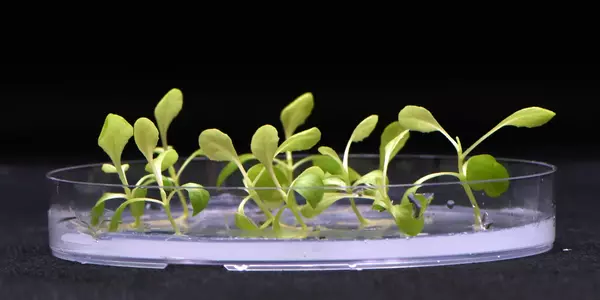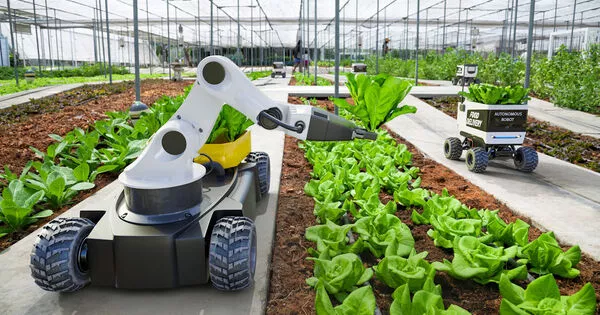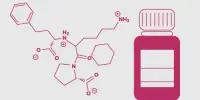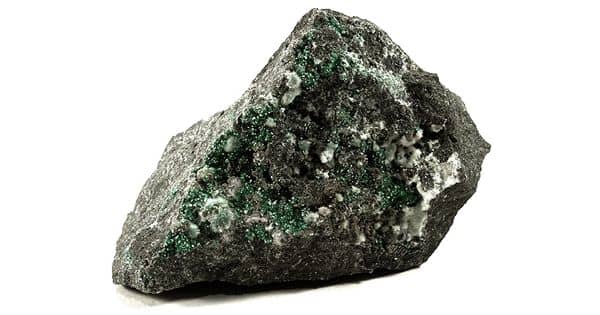Artificial photosynthesis is a promising technology that aims to replicate the process by which plants convert sunlight, water, and carbon dioxide into energy-rich molecules such as sugars. It entails the use of synthetic materials and catalysts to mimic the light absorption and energy conversion processes of plants.
Providing food for the world’s ever-growing population while also protecting the environment are frequently competing goals. Researchers at the Technical University of Munich have successfully developed a method for the synthetic manufacture of nutritional protein using a type of artificial photosynthesis. The animal feed industry is the primary driver of high demand for large volumes of nutritional protein, which can also be used in meat substitute products.
Compared to growing plants, this method requires far less space to create the same amount of L-alanine, when the energy used comes from solar or wind power sources. The more efficient use of space means a kind of artificial photosynthesis can be used to produce the same amount of foodstuffs on significantly fewer acres. This paves the way for a smaller ecological footprint in agriculture.
Prof. Sieber
A group led by Prof. Volker Sieber at the TUM Campus Straubing for Biotechnology and Sustainability (TUMCS) has succeeded in producing the amino acid L-alanine, an essential building block in proteins, from the environmentally harmful gas CO2. Their indirect biotechnological process involves methanol as an intermediate. Until now, protein for animal feed has been typically produced in the southern hemisphere with large-scale agricultural space requirements and negative consequences for biodiversity.
The CO2 that is removed from the atmosphere is first converted into methanol with the help of green electricity and hydrogen. The new method uses synthetic enzymes to convert this intermediate into L-alanine in a multi-stage process; the method is extremely effective and produces very high yields. L-alanine is one of the most important components of protein, which is required for both human and animal nutrition.

Prof. Sieber, of the TUM Professorship for Chemistry of Biogenic Resources, explains: “Compared to growing plants, this method requires far less space to create the same amount of L-alanine, when the energy used comes from solar or wind power sources. The more efficient use of space means a kind of artificial photosynthesis can be used to produce the same amount of foodstuffs on significantly fewer acres. This paves the way for a smaller ecological footprint in agriculture.”
Bioeconomy and hydrogen economy in combination
For the scientists, producing L-alanine is just the beginning. “We also want to produce other amino acids from CO2 using renewable energy and to further increase efficiency in the realization process,” says co-author Vivian Willers, who developed the process as a doctoral candidate at TUM Campus Straubing. According to the researchers, the project is an excellent example of how the bioeconomy and hydrogen economy can work together to achieve greater sustainability.
While artificial photosynthesis has enormous potential for food production, it is still a developing field that requires significant research and development to scale up the technology and make it commercially viable. Overcoming efficiency, cost-effectiveness, and scalability challenges will be critical in realizing its full potential.
















